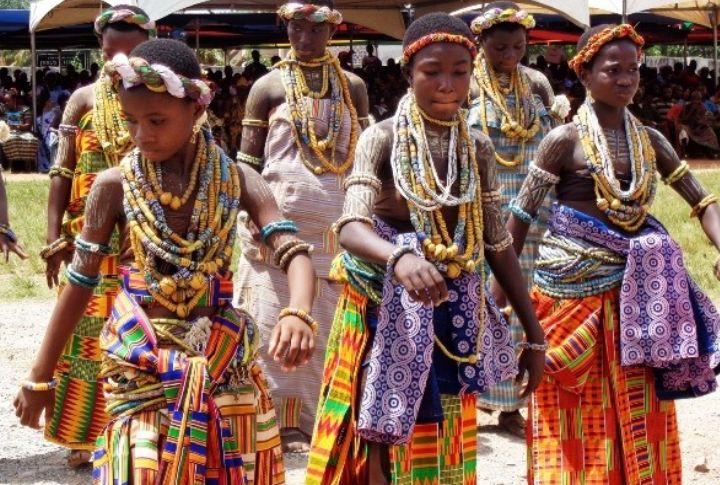
The world spins fast, but some places have chosen a different pace. Deep inside forests and highlands, entire cultures live by traditions that haven’t changed in centuries. In this list, we explore ten societies that have stayed invisible to modern civilization, each holding its ground with unique and enduring practices.
Sentinelese
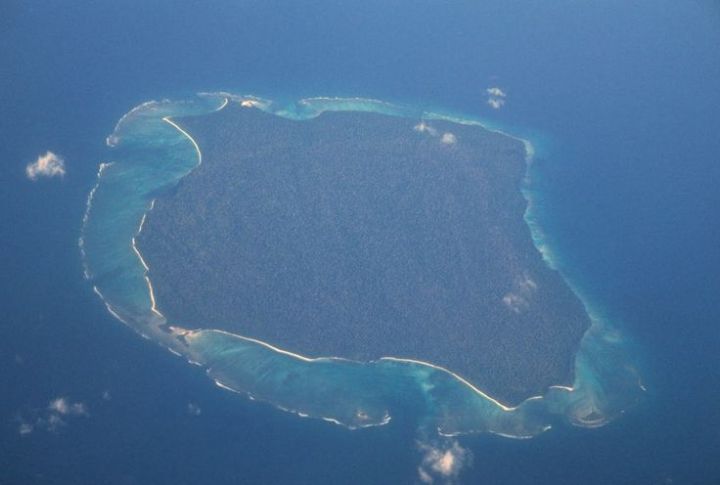
The Sentinelese reject language exchange, trade gestures, or visual cues from outsiders. Situated 500 miles southeast of mainland India, North Sentinel Island remains off-limits under strict legal enforcement. Their isolation continues unbroken despite modern navigation tools or agriculture, visible from satellite imagery.
Mashco Piro
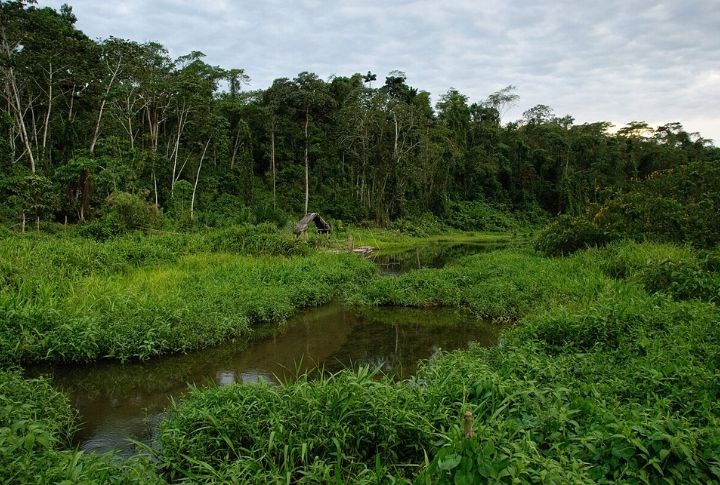
Bark-fiber skirts and quiet disappearances define Mashco Piro’s behavior near Peru’s Manu River. In 2015, locals reported 26 sightings over several weeks. They do not engage. Seasonal shifts and forested boundaries help them remain out of reach despite proximity to navigable waterways.
Ayoreo Totobiegosode
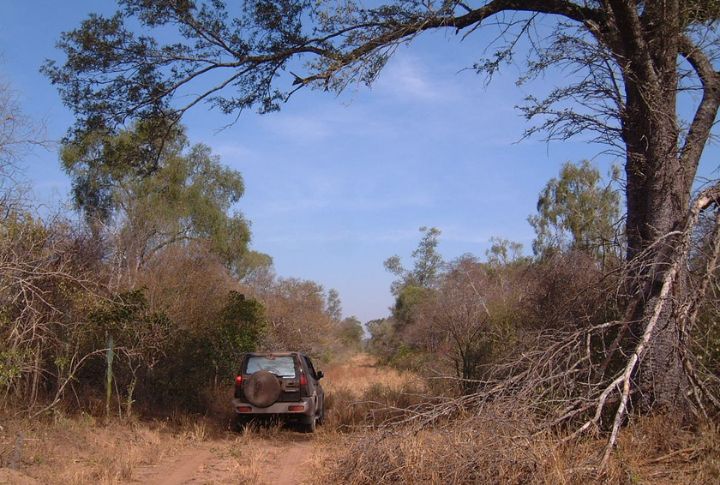
Gran Chaco’s dry forests offer little cover, yet the Ayoreo Totobiegosode have preserved seclusion by shifting habitats every few months. Family structures emphasize shared tasks over hierarchy. Researchers analyzing nearby contacted groups observed over 100 words describing soil quality, underscoring the group’s ecological vocabulary and land literacy.
Korubo
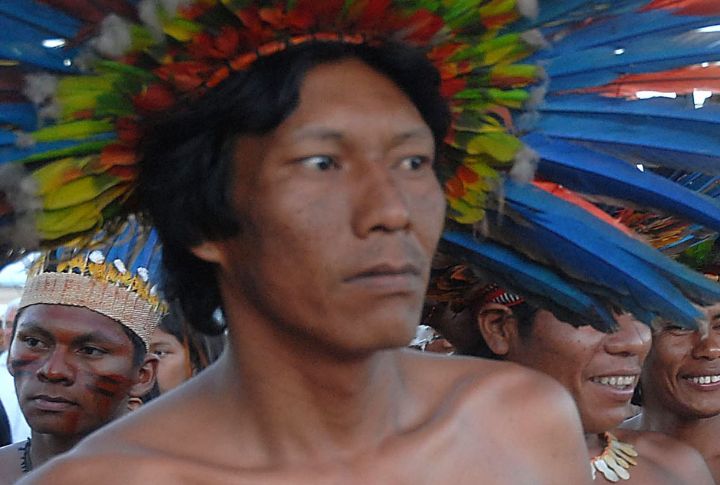
Red urucum paste colors skins here, and bark-wrapped clubs signal readiness. They share longhouses with several families in Brazil’s Vale do Javari. After tense contact efforts in the 1990s, many resumed seclusion. Their routines remain unchanged, and they continue to govern life independently.
Flecheiros
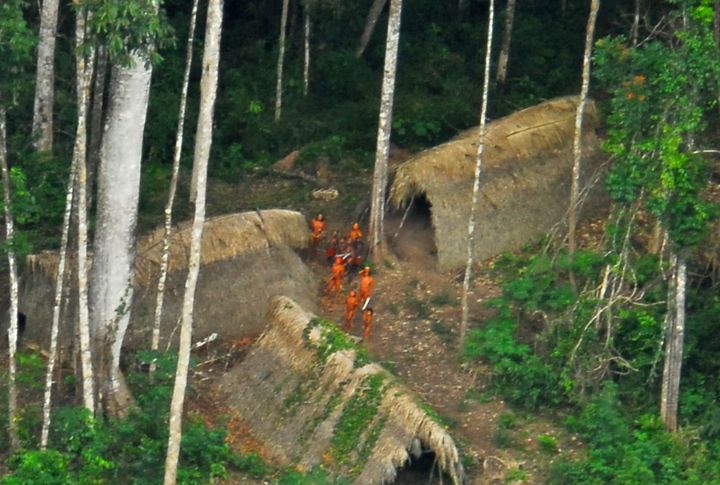
Flecheiro territory in Brazil’s Javari Valley shows signs of occupation through embedded projectiles and cleared trails. Patrols mark their borders but never advance. Carvings on arrow shafts may communicate messages, but no verifiable symbols or spoken words have surfaced.
Shompen
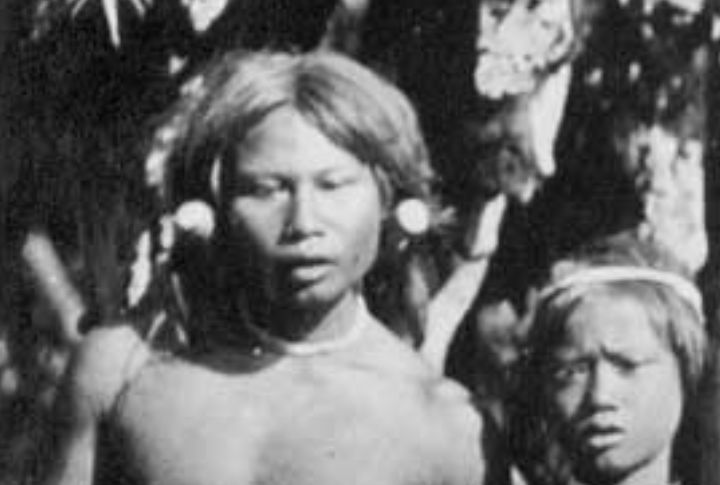
In Great Nicobar Island’s steep interior, the Shompen build simple shelters and rarely approach the open coastline. They hunt game, fish in nearby streams, and gather wild tubers and honey deep in the forest. Limited vocabulary exchange hinders translation efforts. Sound cues and footprints remain the primary indicators of their passage.
Kawahiva

Knots in lianas and specific stone arrangements serve as communication markers for the Kawahiva people, indicating direction and timing for their kin. These signals can be found in the forest patches of Mato Grosso. Anthropologists classify the Kawahiva as semi-nomadic.
Massaco
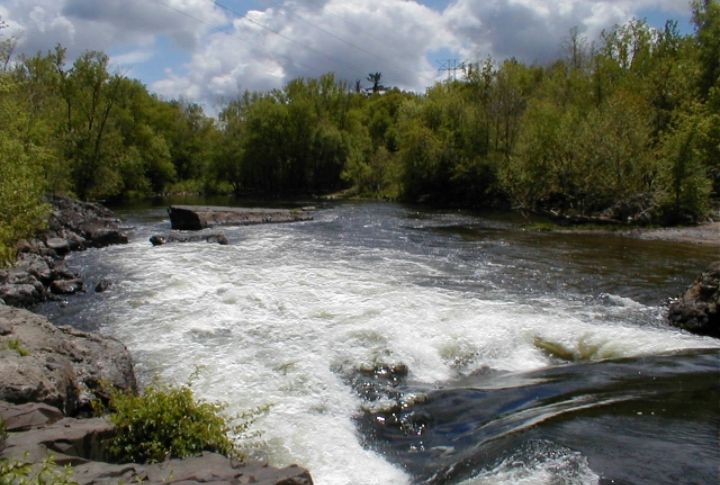
Hidden between river systems, the Massaco occupies a restricted Amazon zone that few outsiders have mapped. No fields or footpaths disrupt the tree cover, and fewer than 100 individuals likely inhabit the region. Thermal scans reveal no artificial light, which serves as evidence of continued detachment from modern systems.
Yaifo
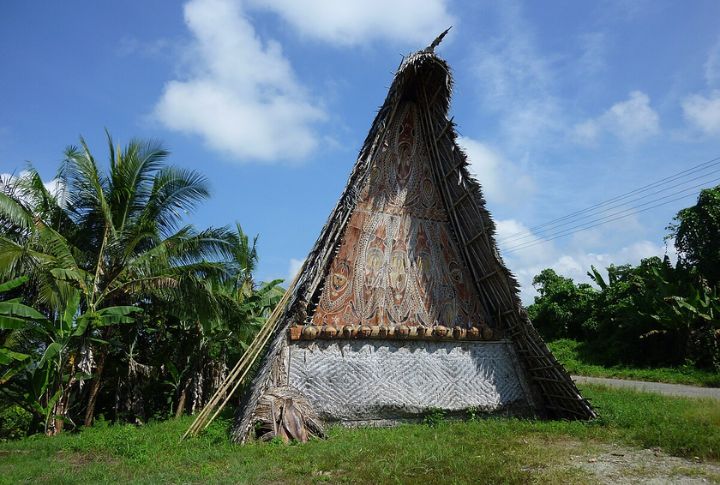
Smoke columns mark Yaifo’s presence deep in Papua New Guinea’s East Sepik Province. They maintain strict separation from valley groups and avoid recognized trails. Sharp-edged stone tools found near ridge paths differ from regional styles, and no mutual exchanges or shared hunting routes have been confirmed.
Carabayo
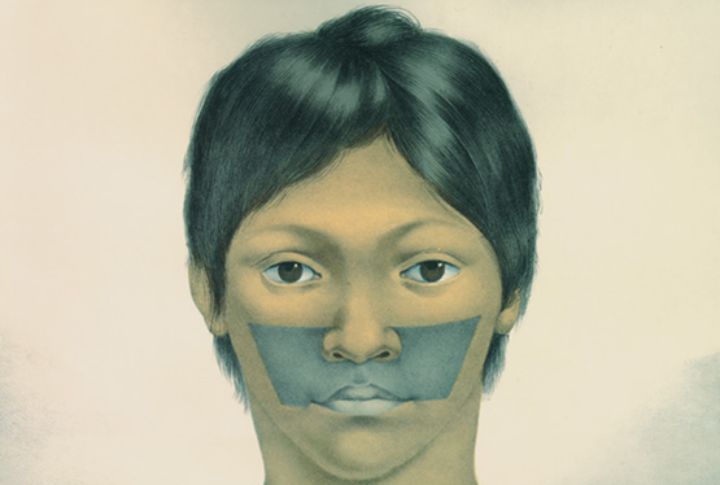
Deep inside Colombia’s Amazon, the Carabayo live without roads and documented visitors. They are protected under national law and remain uncontacted by choice. Aerial surveys show only temporary thatch dwellings near jungle clearings. No linguistic or religious data has ever been confirmed or recorded.

